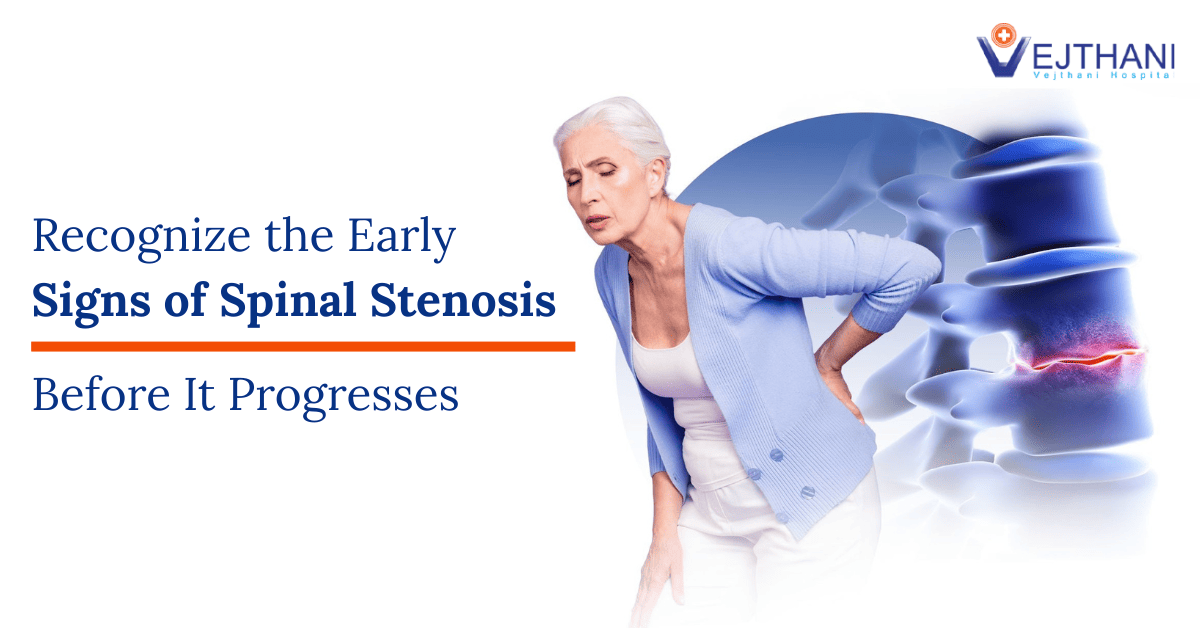
Endocarditis
Diagnosis
To diagnose endocarditis, a healthcare provider will perform a physical examination and inquire about your medical history and symptoms. Various tests are conducted to confirm or rule out endocarditis. These tests include:
- Blood culture test: This test involves taking blood samples over a period of time to isolate the specific bacteria causing the infection. It is crucial to obtain blood cultures before starting antibiotics.
- Complete blood count (CBC): This test helps determine if there is an elevated number of white blood cells, which can indicate an infection. It can also help identify low levels of healthy red blood cells (anemia), which may be associated with endocarditis. Additional blood tests may be performed as well.
- C-reactive protein blood test: This blood test measures the levels of C-reactive protein, a substance that indicates inflammation in the body.
- Echocardiogram: Sound waves are used to create images of the heart, showing the pumping of blood, the structure of the heart, and the condition of its valves and chambers. Two types of echocardiograms are commonly used:
- Transthoracic echocardiogram (standard echocardiogram): A transducer device is moved over the chest area, emitting sound waves that are recorded as they bounce back from the heart.
- Transesophageal echocardiogram: A flexible tube containing a transducer is inserted through the throat into the esophagus. This procedure provides more detailed images of the heart compared to a standard echocardiogram.
- Electrocardiogram (ECG or EKG): This non-invasive test measures the heart’s electrical activity. It involves attaching electrodes to the chest and, in some cases, the arms or legs. Although not specifically used for diagnosing endocarditis, an electrocardiogram can detect any abnormalities in the heart’s electrical function.
- Chest X-ray: This imaging technique helps assess the condition of the lungs and heart. It can detect heart swelling caused by endocarditis or identify any signs of infection spreading to the lungs.
- Computerized tomography (CT) scan or magnetic resonance imaging (MRI): In certain cases, scans of the brain, chest, or other body parts may be necessary if there is suspicion of infection spreading to these areas.
- Positron emission tomography (PET) or nuclear medicine scans: These scans utilize radioactive material to create images that can indicate the location of an infection.
These tests collectively aid in the diagnosis of endocarditis by providing valuable information about the presence of bacteria or microorganisms, signs of inflammation, cardiac function, and potential spread of infection to other areas of the body.
Treatment
Endocarditis has the potential to significantly impact one’s quality of life. Upon diagnosis, prompt treatment becomes crucial to mitigate damage to the heart valves and prevent further complications. The primary course of action for many individuals with endocarditis involves the administration of antibiotics, leading to successful outcomes. In certain cases, surgical intervention may be necessary to repair or replace damaged heart valves and eliminate any remaining indications of the infection.
Medications
The treatment for endocarditis depends on the underlying cause of the infection. If the infection is bacterial, a broad-spectrum of intravenous (IV) antibiotics is typically used. Patients receiving IV antibiotics usually need to stay in the hospital for a week or longer to allow healthcare providers to assess the effectiveness of the treatment. Once the fever and severe symptoms subside, patients may be able to leave the hospital. However, some individuals may continue receiving IV antibiotics either through regular visits to a healthcare provider’s office or with home care. The course of antibiotics typically lasts for several weeks.
In cases where endocarditis is caused by a fungal infection, antifungal medication is administered. In some instances, individuals may require long-term use of antifungal pills to prevent the recurrence of endocarditis. After completing the treatment, healthcare providers will identify the sources of bacteria in the blood, such as dental infections, and address them accordingly. It is important to follow national guidelines and take prophylactic (preventive) antibiotics as prescribed to prevent future episodes of endocarditis.
Surgery
Heart valve surgery may be necessary for the treatment of persistent endocarditis infections or the replacement of a damaged valve. In cases where endocarditis is caused by a fungal infection, surgery may be required. Your healthcare provider will recommend either heart valve repair or replacement based on your specific condition. Heart valve replacement can involve the use of a mechanical valve or a biologic tissue valve made from cow, pig, or human heart tissue.
Contact Information
service@vejthani.com



















